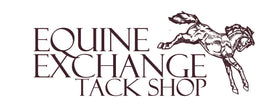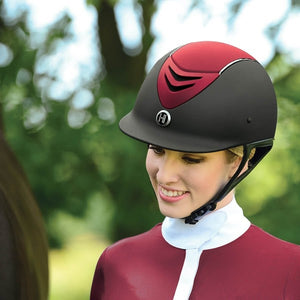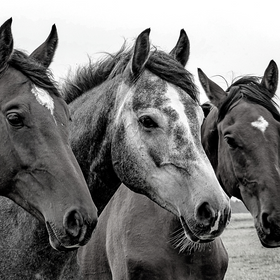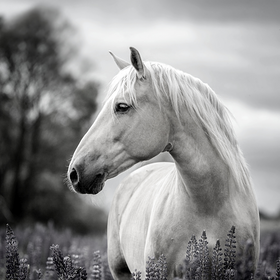
What are the Different Parts of a Saddle?
The saddle is an essential piece of riding equipment. You and your horse are set up for a comfortable experience as long as you have a well-fitting saddle. Understanding how a saddle fits and functions is crucial, and that begins with learning the different parts of a saddle.
English saddles are composed of three different sections: the pommel, seat, and cantle. You can imagine these three parts as the saddle’s front, middle, and rear sections. Each section can also have attachments such as stirrups, grab straps, a girth, and a breastplate.
Sections of a Saddle
Pommel
The pommel helps place the rider in a proper position in the seat. The pommel also includes the saddle’s knee flaps. This is a comfortable and convenient place for riders to rest their knees.
The Seat
The seat is the most visible part of the saddle. It plays an important role when it comes to rider comfort. The seat is where a rider sits in the saddle, providing support and cushion for your body while you ride your horse. The seat portion of a saddle is wider than the pommel, and it attaches to the main flaps on either side of the saddle.
The Cantle
The cantle is also known as the rear of the saddle. It has an upward slope and provides extra support for the rider. In English disciplines, the angle of the cantle usually determines the type of saddle used for each discipline. A low cantle provides closer contact with the horse while riding and is used in jumping. Higher cantles offer a deeper seat which is necessary for dressage.
Important Saddle Features
Beyond these three main saddle sections, there are many different parts. Here are some of the most important features:
Flaps and Billets
Depending on the type of saddle, it can have two flaps or a single flap (monoflap). When there are two flaps, one covers access to the billets, where the girth is attached. On a saddle with a single-flap design, the billets are attached at the bottom of the flap. Saddles with mono-flaps require a shorter girth attached to the billets below the flap.
Knee Roll
The knee roll is the extra padding on the saddle flap. Its function provides extra support and comfort to the rider’s knees.
Stirrups
While riding, the rider’s feet are in the stirrups, which aid in balance and position. There are many materials and styles of stirrups available to fit rider preferences. Some riders prefer medal stirrups with extra grip, while others prefer plastic stirrups with joints for flexibility. Discipline will also play a role in the stirrup style.
Stirrup Leathers
The stirrup leathers attach to the seat of the saddle. Their function is to provide a strap to attach stirrups to the saddle. Stirrup leathers can be adjusted to different lengths, depending on the length of a rider’s leg.
Girth
A saddle must be securely attached around the horse’s belly to stay on the horse. The girth serves this essential function. Girths can be leather, gel, cotton, synthetic, rope, or rubber. Different types of girths serve different purposes. For example, thin leather or synthetic girths are used in the hunter ring, while cotton girths are popular with western riders.





